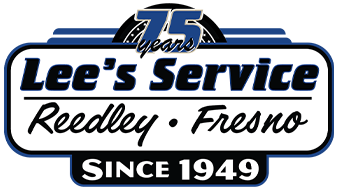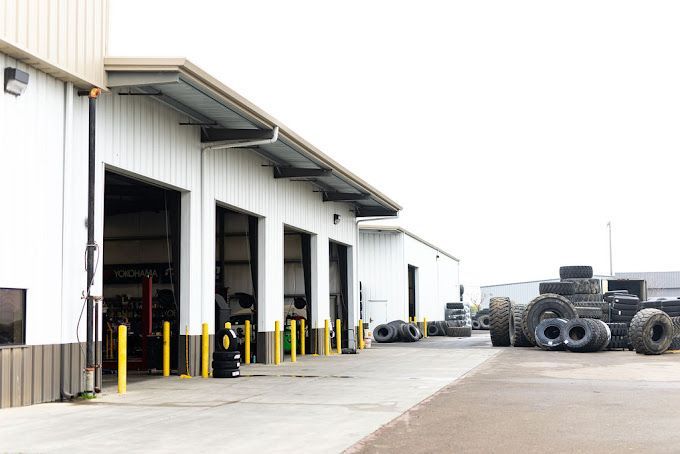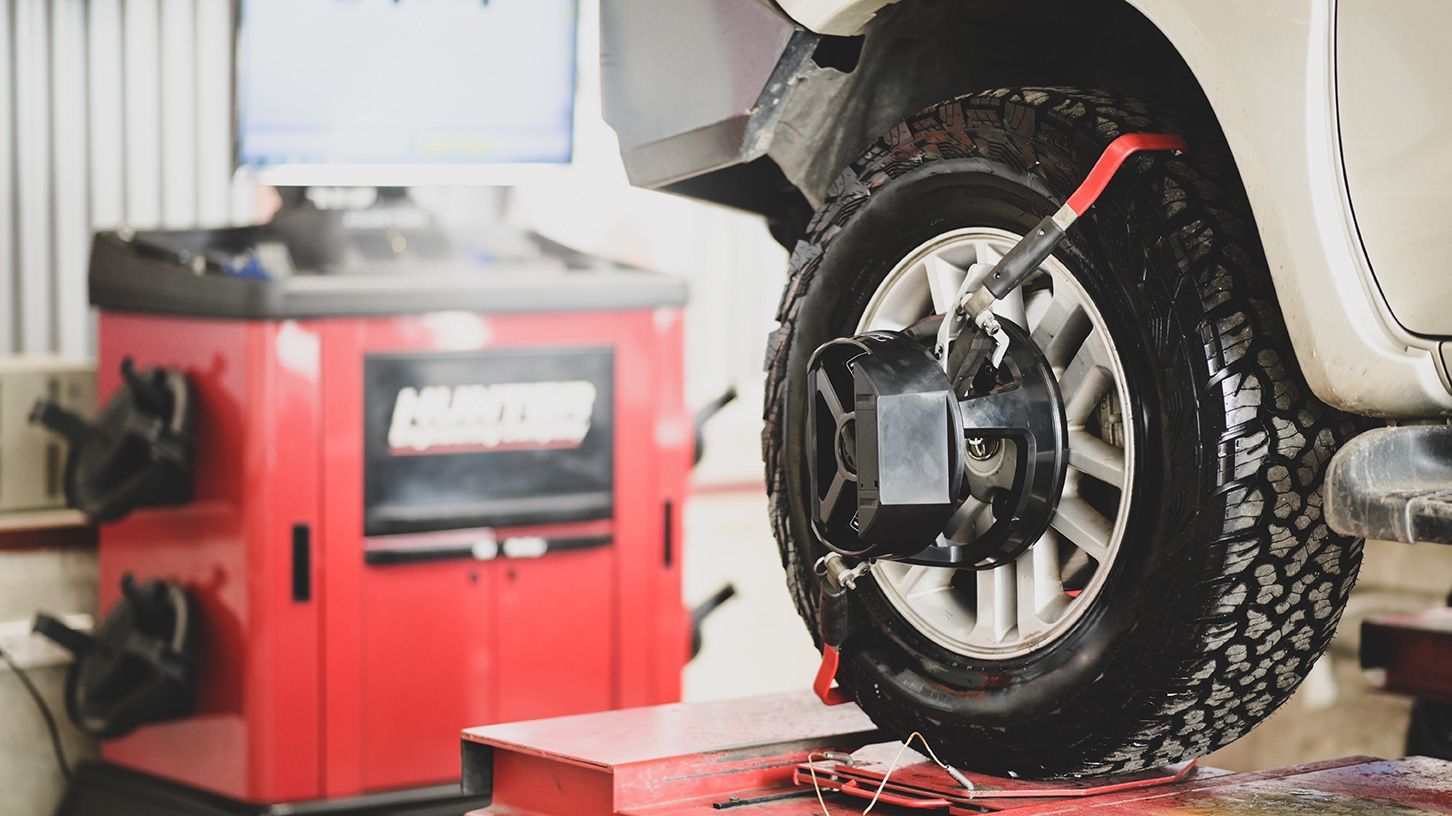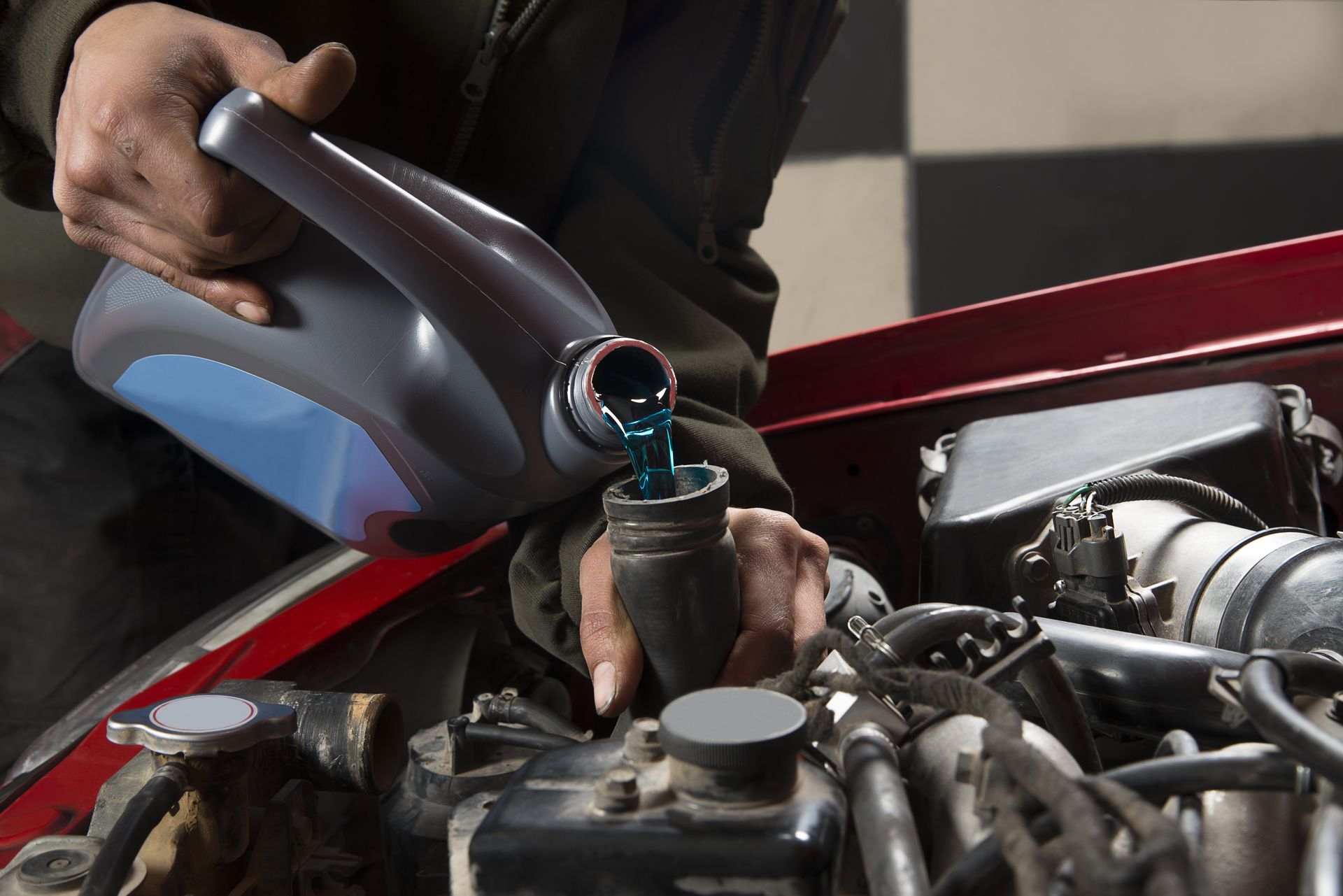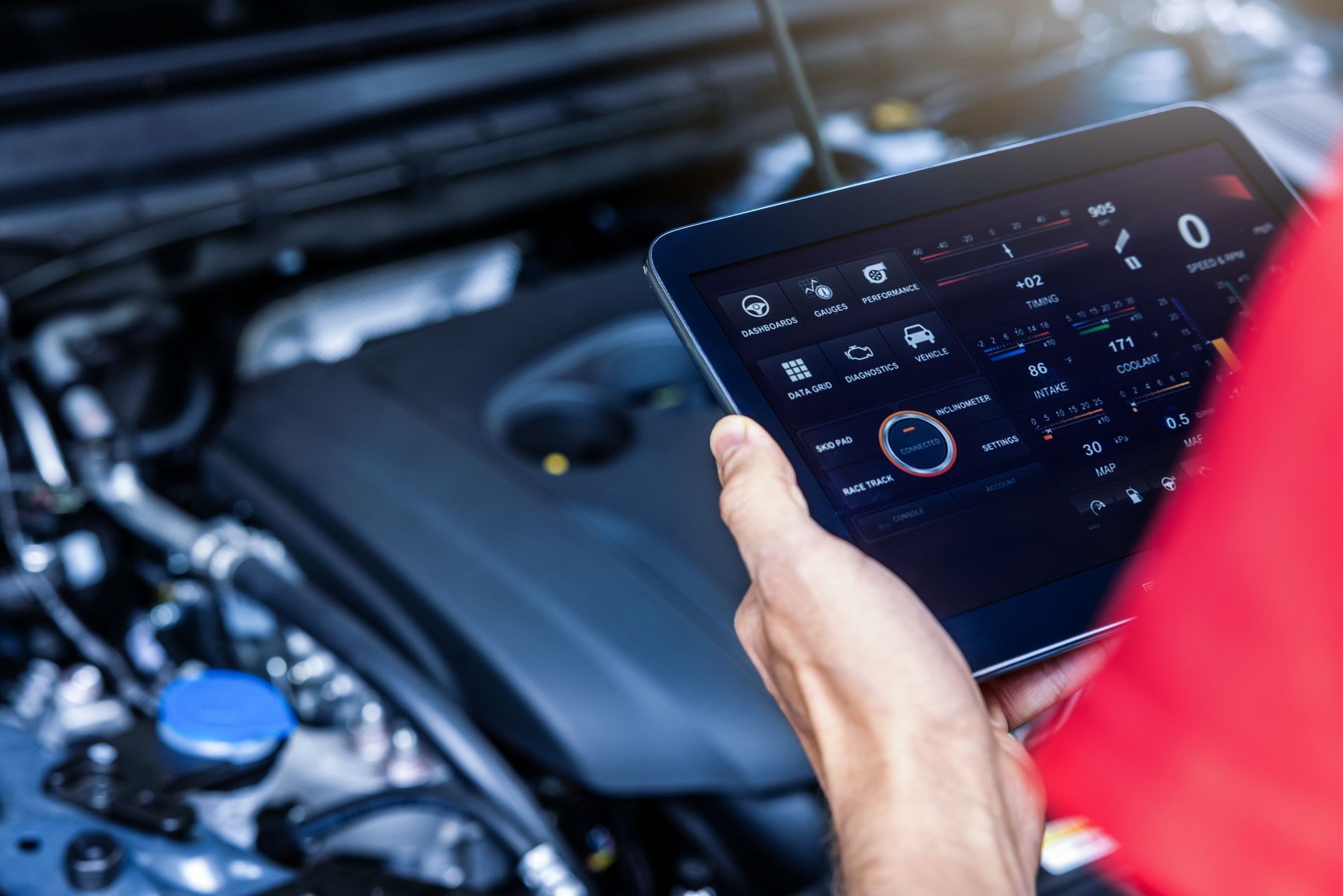What to Do About a Cracked Windshield
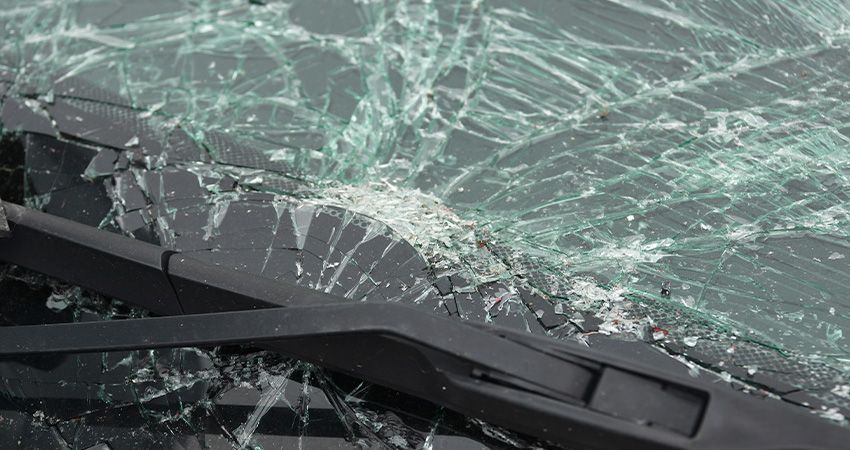
What to Do About a Cracked Windshield
Damage to your windshield happens unexpectedly. The windshield is an important safety device of your vehicle, with its main function being to protect passengers as well as ensure the airbags properly do their job of protecting the vehicle occupants. A small chip on your windshield can turn into a crack across the entire length of the surface and require windshield replacement if not repaired quickly. Your windshield is there to help protect you from outside elements coming into the vehicle and also provides up to 60% of structural support to your vehicle. Windshield Repair
When your windshield is damaged, it compromises your vision when driving and can cause an accident. Not only is having a cracked windshield dangerous, it is also against the law in most states. The laws in different states are different, but most states in the United States require that your windshield be free of cracks or anything that can obscure your vision while driving. If you have a cracked windshield, depending on the severity of the damage, you can either repair or replace the damaged windshield.
Windshield Repair
Chips smaller than a quarter and cracks up to three inches long can be easily repaired. Since a small crack or chip of your windshield can quickly turn into a large crack, it is important to repair your windshield as soon as possible. A technician will determine if your windshield can be repaired based on three factors; size, depth, and location. Large, deep cracks in the glass that extend to the edges of your windshield will need replacement, while small shallow chips away from the edges of your windshield can be repaired. Windshield repair should not be performed if the damage is within the driver’s line of sight, which is the portion of the glass covered by the driver’s windshield wiper.
Windshield Replacement
Your safety is of paramount importance. To ensure the structural integrity of your vehicle, have your windshield evaluated by a professional as soon as possible, and make any recommended repairs. Your windshield should be completely replaced if:
• The glass is tempered glass, not laminated glass
• The crack is longer than a dollar bill
• The crack or chip is deep enough that it penetrated more than halfway into the windshield
• The crack or chip extends to the outside edge of the windshield
Chips and cracks on your windshield will worsen with time, temperature fluctuations, or from repeat damage. A crack in the windshield compromises your safety. Have a reputable repair shop assess your windshield and advise you if it can be repaired or needs replacement. Repairing or replacing a chipped or cracked windshield is simple, fast, and cost-effective.




